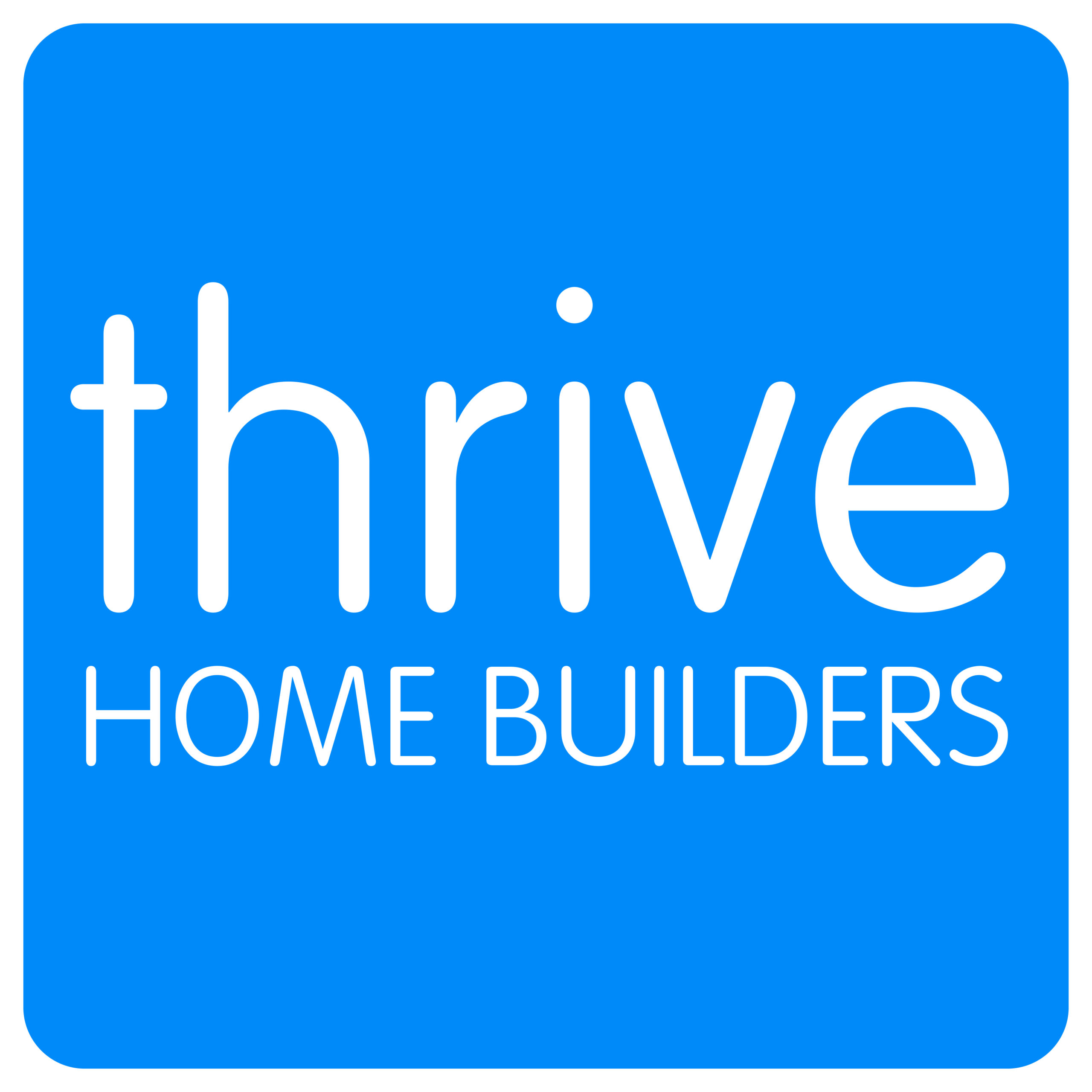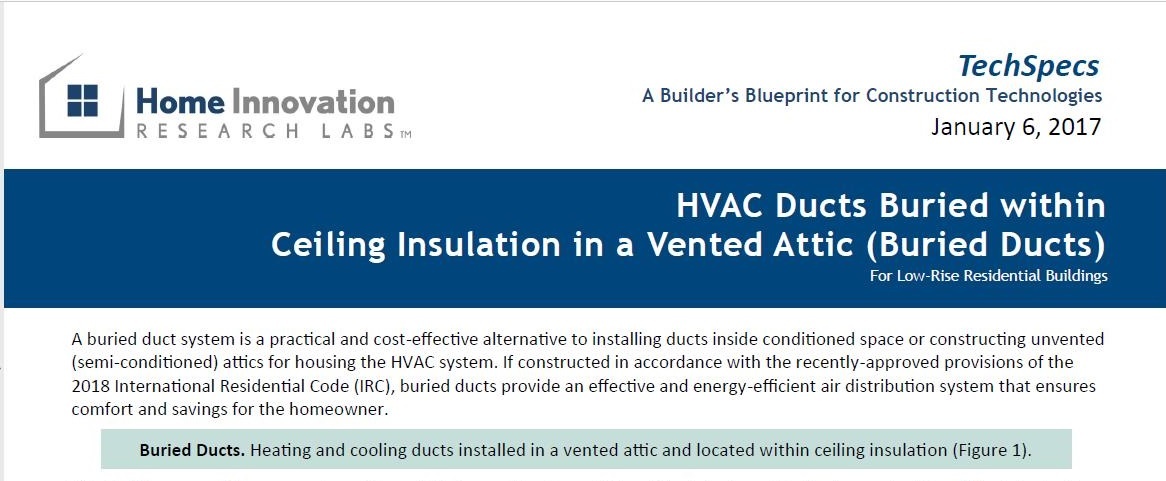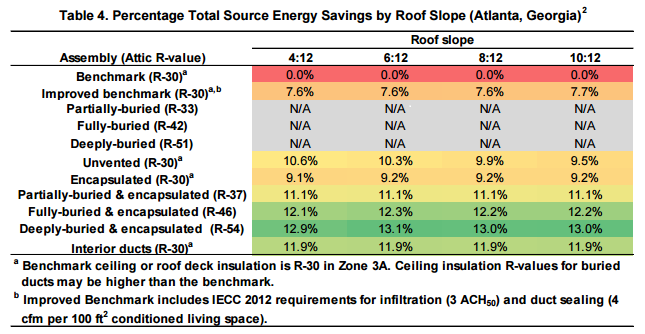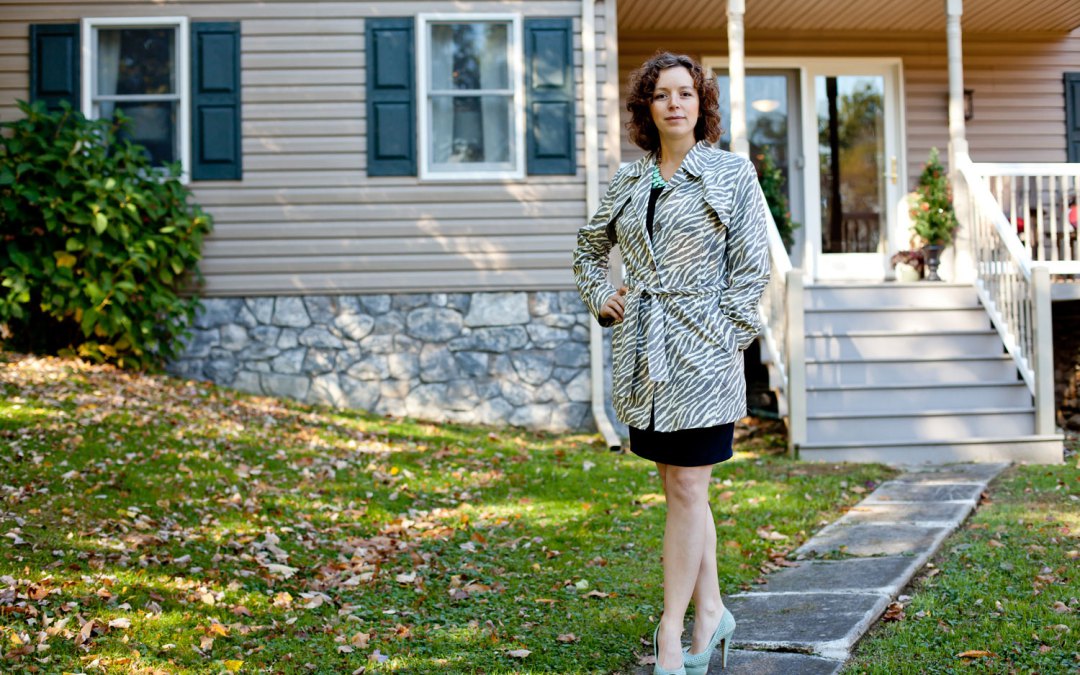Since 2013 the U.S. Department of Energy’s (DOE) Housing Innovation Awards has recognized the top builders of zero energy ready homes. Housing Innovation award winners represent the top one percent of builders across the country who meet the most rigorous specifications for High-performance Homes. Among this year’s 24 winners is production builder Charles Thomas Homes.
Founded in 2009, Charles Thomas Homes constructs High-performance Homes that typically command a higher price than competing builders, but also deliver on energy efficiency and comfort, which is important in frosty climate zone 5. Part of the company’s winning approach to constructing energy-efficient homes includes blown fiberglass insulation in the attic and walls, demonstrating that high-performance doesn’t have to mean high price.
Details »









